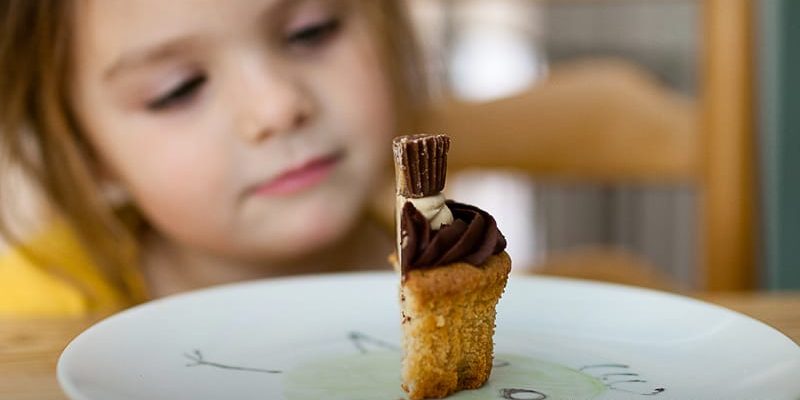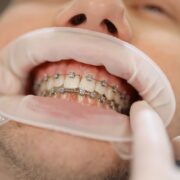Have you noticed that your children’s ADHD symptoms fluctuate based on their diet? There are many symptoms for ADHD, or Attention Deficit Hyperactivity Disorder, and so are its reasons. But research shows that people with ADHD may have a food sensitivity, which means their bodies respond intensely to specific ingredients. Fortunately, there are also foods to help kids focus. By creating a diet that meets your child’s particular needs, you can help them be happy and healthy.
What Is Food Sensitivity?
Food sensitivity is sometimes confused with food allergies, but the two are very different and that’s why it is advised to not always look out for cheapest vegetables options. Allergies trigger an immune response and can be identified through tests. Food sensitivity doesn’t trigger an immune response and has no formal diagnosis. However, food sensitivity is a real condition that both ADHD and non-ADHD kids experience. People with food sensitivity may experience physical discomfort or exacerbation of medical conditions when they eat food, they’re sensitive to.
How Does Food Sensitivity Impact Kids With ADHD?
Certain foods can impact kids’ focus and energy levels. For example, sugar can lead to hyperactivity. Some other foods that can trigger ADHD reactions include milk, chocolate, lots of eggs, and a few vegetables. The most usual offenders among foods are white flour (high-gluten content) and dairy (casein), which affect your child’s aggression. Kids with ADHD, who already live with hyperactivity, may be more affected than kids without the condition. As a result, parents should avoid foods with high sugar content or gluten and incorporate ingredients that promote brain function.
What Are the Best ADHD Food Recipes?
The best ADHD food recipes offer a balance of proteins, vegetables, and complex carbohydrates. It’s essential to choose complex over simple carbohydrates; while both are broken down into glucose (sugar), the former is digested more slowly than the latter. Slow digestion means no hyperactivity or eventual crash.
Yogurt Parfait
What can you serve for dessert that isn’t loaded with sugar? A great option is a yogurt parfait. Yogurt is an excellent protein that you can buy plain or sweetened. In addition to being a low-fat dessert, it’s also great for breakfast.
To make the parfait, fill a glass or bowl three-fourths full of yogurt, then sprinkle your child’s favorite fruits on top. The traditional parfait usually has berries:
- Blackberries
- Strawberries
- Raspberries
- Blueberries
Blackened Salmon
Fish is an excellent protein option for ADHD diets because it has omega-3 fatty acids, which promote brain health. While many people don’t like the “fishy” taste, you can season fish to mask the seafood flavor. One example is blackened salmon. It can be made on the grill or in the oven and is coated in a variety of spices:
- Thyme
- Oregano
- Cayenne pepper
- Garlic powder
- Onion powder
- Paprika
- Brown sugar
Peanut Butter and Banana Sandwich
Peanut butter is a great snack that most kids love. It’s also filled with protein and goes well with many fruits, including bananas. If your little ones need something to tide them over until dinner, peanut butter and banana sandwich on whole-grain bread can provide the necessary complex carbohydrates to keep them energized. You will just need:
- Peanut butter (without artificial flavoring)
- Banana slices
- Whole Wheat Bread
- Butter (for toast)
Veggie Omelet
Omelets are great for breakfast because they’re quick, easy, and a low-cholesterol protein option. But too many eggs in an omelet on rather a daily basis can increase aggression and hyperactivity in young kids. For a simple breakfast, an egg omelet is the best choice. To make your omelets more interesting, you can throw in some ADHD-friendly veggies such as:
- Sweet bell peppers
- Carrots
- Celery
Fruit Smoothies
Yogurt and low-fat milk are good sources of protein that not only provide steady metabolism but also enhance the brain focus in ADHD kids. Blending the fruits and berries of your choice with ice in a blender will give you a tasteful organic fruit smoothie best for summer times. Other fruits good for smoothies are:
- Orange and strawberries (Vitamin C)
- Avocado, mango, and spinach (source of Folate)
- Banana (excellent for Vitamin B6)
Other ADHD-Friendly Food Sources for Kids
Other quite healthy food sources that help to control your kid’s hyperactive responses and improve self-control while creating better focus may include:
- Nuts and dried fruits (for fiber and protein)
- Low-fat cheese (to dampen the hunger)
- Bean-based dips (to improve focus)
- Yogurt, low-fat milk, and cheese (for steady digestion)
- Berries and fruit juices (to boost brain activeness)
- Dark green, red, or yellow veggies and chickpeas (to enhance concentration)
- Lean meat, poultry, and cold-water fish (good protein and omega-3 fatty acids source)
These foods optimize the energy levels in ADHD kids and improve the overall mental health of your kids. You can incorporate them into the recipe of your choice and the one your kid likes. Try to cook as many ingredients in one dish as possible, keeping the mystery.
Foods to Avoid with ADHD Symptoms
The worst foods that exacerbate the ADHD symptoms and are proven disguise to trigger the mood swings in your child, include:
- Artificial sweeteners and candies
- Corn syrup
- White rice
- Peeled potatoes
- High-gluten white flour and its products
While the right diet can help kids manage their symptoms, it usually isn’t enough on its own. Besides eating healthy foods, children should also be on medication, such as Brillia non-prescription ADHD meds. Parents should consult the nutritionist for their kid’s diet and discuss their improvement with psychologists. With this support and care, kids can succeed in school and flourish at home.










Comments